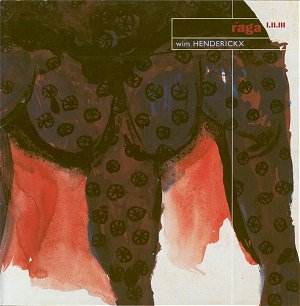 Composer: Dmitri Shostakovich, Sergei Rachmaninov
Composer: Dmitri Shostakovich, Sergei Rachmaninov
Works: Cello Sonata in G minor, Op. 19; Cello Sonata, Op. 40
Performers: Gwyneth George (cello), Alberto Portugheis (piano)
Recording: Rec Swansea, 1970/71 (ADD)
Label: Guild GMCD 7219
The juxtaposition of Rachmaninov’s Cello Sonata in G minor, Op. 19 and Shostakovich’s Cello Sonata, Op. 40 offers a compelling exploration of the cello repertoire, reflecting two composers who, while contemporaries in the realm of Russian music, diverged significantly in their emotional landscapes and stylistic expressions. Rachmaninov’s work, completed in 1900, stands as a lush embodiment of late Romanticism, while Shostakovich’s sonata, composed in 1934 during a tumultuous period of his life, resonates with a more ambiguous and modern sensibility. Together, these pieces reveal not only the evolution of the cello as a solo instrument but also the deep emotional currents that characterize each composer’s output.
Gwyneth George and Alberto Portugheis deliver a performance that strikes a commendable balance, particularly in the Rachmaninov sonata. The recording captures the grandeur of Rachmaninov’s sweeping melodies without allowing the piano to overshadow the cello, a pitfall many past recordings have succumbed to. The first movement’s long introduction leads seamlessly into the Allegro moderato, where George’s tone is both lyrical and powerful, encapsulating the emotional weight of the piece. The scherzo, often a challenging movement for performers, is executed with a delightful playfulness that reveals the nervous energy inherent in Rachmaninov’s writing. Here, the duo’s interpretation shines, with George navigating the intricate passages with agility and grace. The slow movement emerges as a poignant testament to the human experience, marked by heartfelt expression rather than sentimentality, a hallmark of George’s approach. The finale exudes a sense of noble triumph, deftly avoiding pomposity while embracing an affirmative spirit, particularly in the tender second subject which George handles with exquisite delicacy.
In contrast, Shostakovich’s Cello Sonata presents a more complex emotional terrain, and while the performance is commendable, some interpretative choices may raise questions. The frenetic scherzo, characterized by its relentless energy and ostinato figures, feels at times overly frantic, potentially obscuring the underlying musicality. The high broken chord figures on the cello, which aim to convey intensity, can come across as jarring rather than illuminating. However, George’s commitment to the score is evident as she navigates the intricacies of the second movement, aptly described as “locomotive music.” The slow movement, rich with Shostakovich’s distinct lyricism, offers moments of profound beauty, reminiscent of the introspective qualities found in his later string quartets. The finale, with its sardonic humor, might not fully align with the cello’s expressive capabilities, yet the performance maintains clarity and integrity, allowing the music to resonate without excess.
The recording itself, while capturing the essence of the performances, occasionally reveals its age, with a sound quality that may lack the immediacy of modern productions. Nevertheless, the engineering provides a satisfactory representation of the duo’s interplay, with the balance between cello and piano largely effective. While there are certainly more polished renditions available—such as Heinrich Schiff’s interpretation of the Shostakovich sonata—George and Portugheis offer a heartfelt and honest account that reflects a deep understanding of both composers.
The combination of Rachmaninov’s lush romanticism with Shostakovich’s introspective modernism makes this disc a valuable addition to the cello repertoire. George and Portugheis exhibit a commendable synergy, bringing forth both the emotive power of Rachmaninov and the complex layers of Shostakovich. This recording serves not only as a showcase for the performers but also as an invitation to delve deeper into the rich tapestry of 20th-century cello music.



